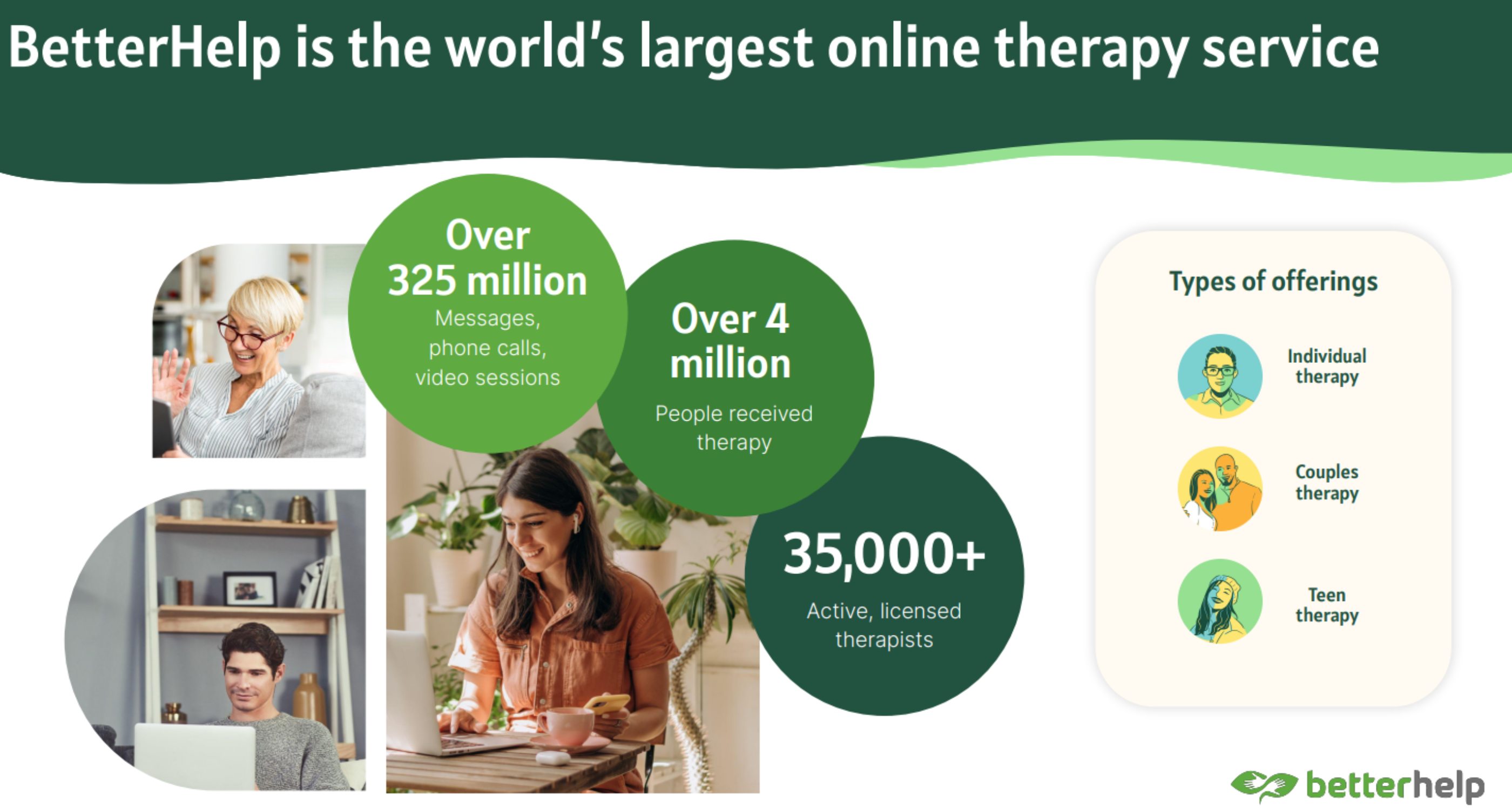Unconditional love – Why Love Feels Conditional (And How to Change That)
Unconditional love. The sensation is instantly recognizable—that subtle tightening in your chest when you consider expressing an unpopular opinion around someone whose approval matters to you. The careful calculation before sharing difficult news with a partner. The unconscious adjustments to your behavior depending on who’s in the room. These moments reflect a fundamental human experience: the perception that love and acceptance depend on what you do, not who you are.
This perception often manifests physically. Notice the slight hesitation before speaking your truth in certain relationships. Observe how your posture might shift, your voice might modulate, your gestures might become more controlled around those whose love feels uncertain. These bodily responses aren’t random—they’re sophisticated adaptations to the perceived conditionality of connection.
I work with a woman who realized she physically braces herself before sharing any need with her partner. Her shoulders tense, her breathing becomes shallow, and she carefully rehearses her words. This response didn’t develop with her current relationship but reflects earlier experiences where needs were met with rejection or disappointment. Her body learned that love required careful management of her authentic expression.
Most of us develop these protective patterns early. A child whose exuberance is consistently met with irritation learns to modulate their energy to maintain connection. Another whose emotional expression triggers parental discomfort learns to present a curated version of their inner landscape. These adaptations make developmental sense—children depend on caregivers for survival, making attachment needs literally life-sustaining.
The challenge arises when these early adaptations persist into adult relationships. The child who learned to be perfect to earn love becomes the adult perpetually exhausted by performance. The one who learned to hide difficult emotions becomes the partner unable to share vulnerability. The one who experienced unpredictable care becomes hypervigilant about subtle shifts in others’ responses. These patterns can feel like fundamental personality traits rather than strategies developed in specific relational contexts.
Cultural messaging reinforces these perceptions. Many traditions explicitly or implicitly teach conditional formulations of love—that worthiness depends on achievement, appearance, compliance with expectations, or adherence to particular beliefs. Even well-intentioned messages (“We’re so proud when you try your best!” “We love how helpful you are!”) can inadvertently suggest that specific behaviors, rather than essential being, form the foundation for love.
Try this experiment: Notice what happens in your body when you imagine sharing something potentially disappointing with someone important in your life. Perhaps a different opinion, a mistake you’ve made, or a need they might find inconvenient. Observe the physical responses that arise—tension in specific areas, changes in your breathing, shifts in how you hold yourself. These sensations reveal where conditionality has become embodied in your experience of relationship.
The perception that love depends on performance creates particular suffering. Constantly monitoring yourself for acceptability consumes enormous energy. The vigilance required to anticipate others’ responses leaves little capacity for authentic presence. Most painfully, the parts of yourself deemed unacceptable become sources of shame rather than potential gifts, creating internal fragmentation that blocks genuine intimacy.
Healing this perception involves both internal and relational work. One approach begins with noticing the specific qualities or expressions you believe would jeopardize love if revealed. Perhaps expressing anger feels dangerous. Maybe setting boundaries seems risky. Possibly revealing certain desires or needs feels threatening. As you identify these areas, gently inquire: What early experiences taught me this aspect was unacceptable? How did this belief protect me then? How does it limit me now?
Physical practices can support this exploration. Many find that intentionally relaxing areas of habitual tension—perhaps shoulders that unconsciously raise under stress, a jaw that tightens during difficult conversations, or a stomach that knots when expressing needs—helps interrupt automatic protective patterns. Simply placing one hand on an area of tension while breathing deeply can begin creating new possibilities for regulated expression.
Working with a man who believed love required constant achievement, we explored how this perception manifested in his body. He noticed persistent tension in his neck and shoulders, as though perpetually bracing for evaluation. During our sessions, he would practice consciously softening these areas while imagining being valued simply for his presence. Initially uncomfortable, this practice gradually helped him embody a different possibility—that love might exist independent of performance.
Criticism and shame
Another healing approach involves small experiments in authenticity with trusted others. The woman who habitually hides her needs began practicing simple, direct expressions with a close friend known for responsiveness. “I’d like to change our plans tonight,” or “I need some quiet time this weekend.” These seemingly minor communications represented significant courage, allowing her nervous system to register that authentic expression could co-exist with continued connection.
Some discover that writing dialogues between different parts of themselves supports integration. One part holds the belief that love is conditional, while another can offer compassionate perspective. This internal conversation might begin: “The part that believes I must be perfect to be loved fears…” and continue with “The wiser part of me knows…” This practice helps externalize beliefs that may have operated unconsciously, creating space for new understanding.
Importantly, the journey toward experiencing unconditional love often requires carefully selecting relationships where greater authenticity feels possible. Not everyone has developed capacity for this kind of connection. Beginning with those who demonstrate consistent care while gradually expanding your authentic expression creates foundation for deeper change.
One client realized she had unconsciously sorted people into categories: those with whom she could be fully authentic (very few) and those requiring careful self-monitoring (most). We worked on developing a more nuanced spectrum, identifying relationships where slightly more authenticity felt safe enough to try. These experiments gradually expanded her window of comfortable self-expression.
The experience of conditional love often creates a painful paradox: the parts of ourselves we most need to express in order to heal are precisely the parts we’ve learned to hide to maintain connection. Breaking this cycle requires courage and discernment—gradually revealing more authentic aspects of yourself while noticing which relationships expand to accommodate this authenticity and which constrict against it.
Physical practices that support nervous system regulation can make this process more sustainable. Many find that consciously slowing their breathing before difficult conversations helps maintain access to authentic expression. Others discover that brief grounding practices—feeling their feet on the floor, noticing sensory details in their environment—help them stay present rather than slipping into automatic protective patterns during vulnerable exchanges.
Working with a couple struggling with conditional dynamics, we developed a practice of “noticing without fixing.” When one partner expressed a difficult emotion or need, the other would simply acknowledge hearing it without immediately trying to solve, change, or respond to it. This seemingly simple practice profoundly shifted their interaction, creating space where authentic expression could exist without immediate consequence or demand.
The journey toward experiencing love as unconditional involves recognizing how early experiences shaped your perception of what’s lovable. A person raised with consistent messaging that academic achievement determined worth may unconsciously believe intellectual performance secures connection. Another whose caregivers withdrew during emotional expression may perceive feelings as threatening to relationship. Bringing these implicit beliefs into awareness creates choice about whether they still serve your current life and relationships.
Try this practice: Identify a specific quality or behavior you believe would jeopardize important relationships if fully expressed. Perhaps it’s setting firm boundaries, expressing disappointment, needing support, or revealing particular aspects of your history or identity. Then explore: Where in your body do you feel response when you imagine expressing this aspect more fully? What early experiences informed this perception? How might revealing this aspect—in appropriate contexts, with discernment—actually create possibility for more authentic connection?
The work of transforming conditional patterns happens gradually through consistent small choices. Each time you risk slightly more authenticity and discover connection remains, your nervous system receives new information that contradicts old protective beliefs. Each time you notice and name the subtle ways you contract to maintain approval, you create space for more conscious choice about how you want to engage.
A crucial dimension involves developing greater capacity to offer unconditional presence to yourself. Many find that their harshest conditional demands come not from others but from internalized critics. Practices that cultivate self-compassion create foundation for experiencing love differently in all relationships. One simple approach involves placing a hand on your heart when you notice self-judgment arising, acknowledging the discomfort, and offering yourself the simple reminder: “This belongs too.”
Importantly, unconditional love doesn’t mean unlimited tolerance for harmful behavior or absence of healthy boundaries. Rather, it reflects the fundamental recognition that worth doesn’t depend on performance, compliance, achievement, or meeting others’ expectations. Relationships still involve negotiation, respect for differences, and care for impact—but these conversations happen within container of fundamental acceptance rather than threat of rejection or withdrawal.
The capacity to experience love as unconditional transforms not just intimate relationships but all connections. Professional interactions become less fraught with performance anxiety. Friendships develop greater depth and authenticity. Family dynamics shift from rigid roles toward more flexible, genuine exchange. Most significantly, your relationship with yourself evolves from conditional approval toward compassionate presence with all you are.
One client described this shift eloquently: “I used to feel like I was constantly auditioning for my place in other people’s lives. Now I realize I’m already cast in the role of myself.” Her body reflected this transformation—her breathing deepened, her gestures became more expansive, her voice found its natural resonance. These physical changes weren’t conscious efforts but natural expressions of a fundamental shift from performing worthiness toward embodying authentic presence.
The journey from conditional to unconditional love rarely proceeds linearly. You’ll have moments of profound connection followed by reflexive contraction into old patterns. You’ll encounter relationships that expand to welcome your authenticity and others that resist this evolution. Each experience offers valuable information about where genuine unconditional connection is possible and where different boundaries might better serve your wellbeing.
As you navigate this territory, remember that the capacity to love unconditionally—both yourself and others—represents perhaps our deepest human potential and most profound healing journey. Each small risk toward greater authenticity, each moment of choosing truth over performance, each experience of remaining present with yourself through difficult emotions creates not just personal liberation but ripple effects through all your connections. The gradual shift from “I am loved for what I do” to “I am loved for who I am” transforms not just individual relationships but the very foundation from which you engage with life itself.

Keywords: Unconditional love, Anxiety, polyvagal theory, gestalt therapy, psychotherapy, parents, parental trauma, somatic experiencing, Licensed therapist near me in Manhattan NYC, Affordable therapy services in New York State, Holistic psychotherapy sessions in NYC, Somatic Experiencing therapy for trauma recovery in New York City, NARM therapy in Brooklyn, Licensed couples therapy in Manhattan, Gestalt therapy near me in NYC, Marriage counseling in Queens NYC, Therapy for anxiety treatment in NYC, Experienced psychotherapist in New York, Licensed psychotherapist near me in NYC, Somatic Experiencing therapy sessions in New York, Trauma therapy and counseling in Manhattan, Gestalt therapy sessions in New York City, Therapy sessions for emotional regulation in New York, Trauma therapy near me in Brooklyn New York, Licensed mental health therapist in Manhattan NYC, Depression therapy in New York, New York City therapist experienced in PTSD treatment
Contact us: Feel and Heal Therapy Office
For companies: Creative Manager
Psychosomatics vol. 3 – Small and large intestine – what does the body tell us?









